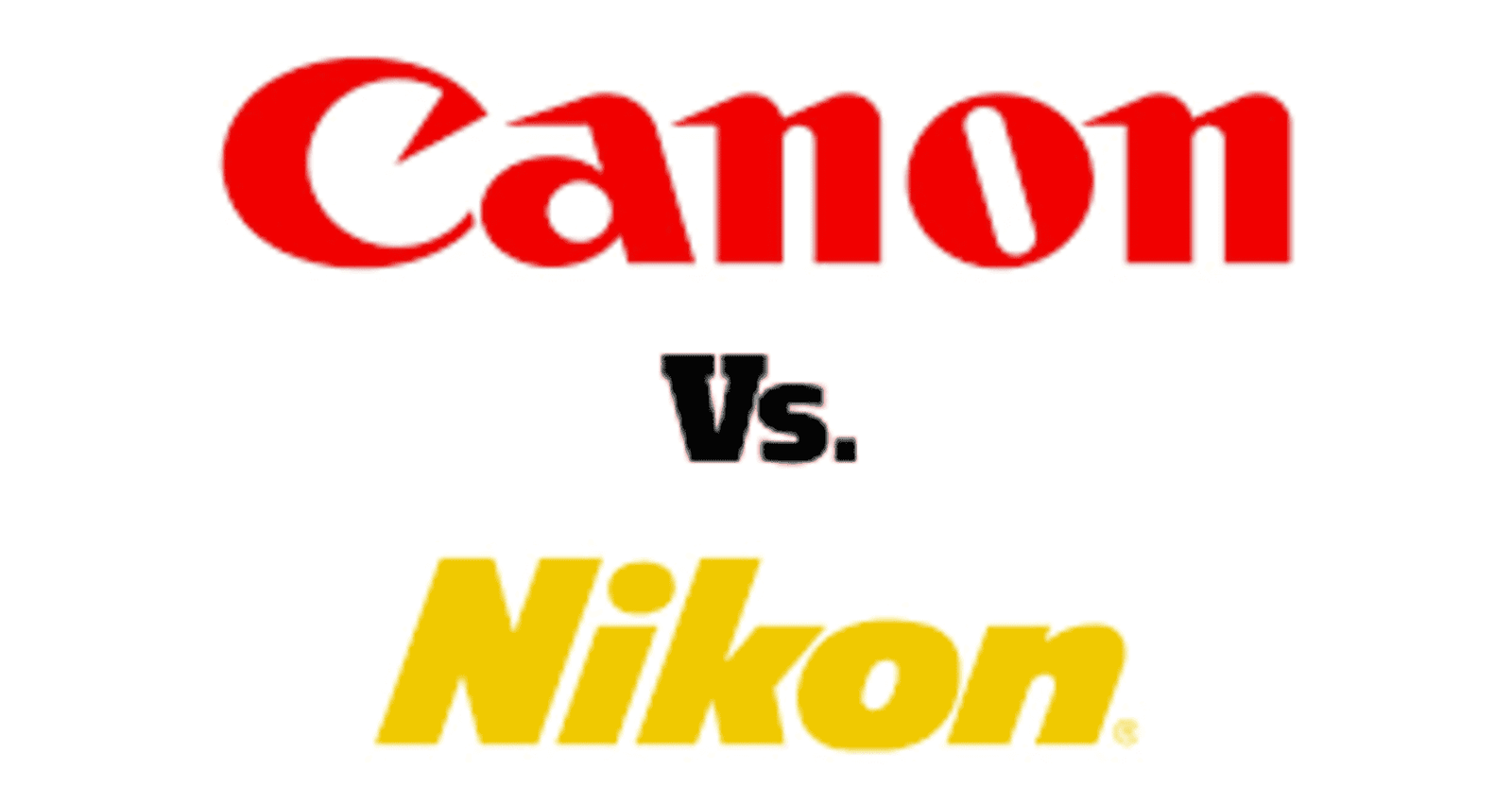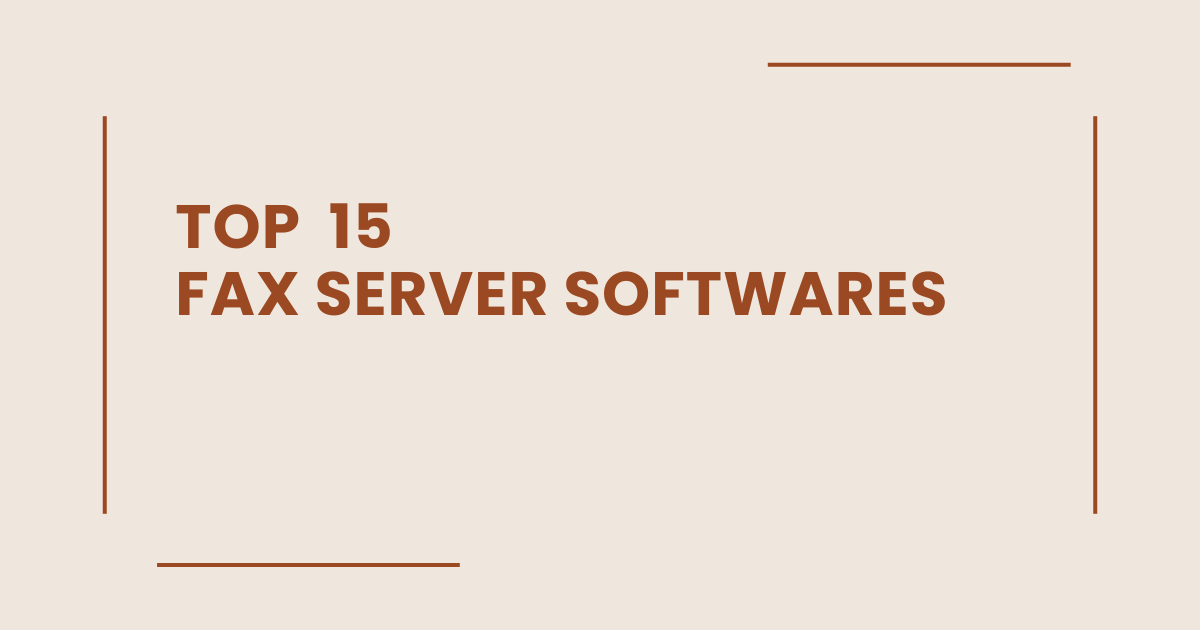When it comes to complete-body DSLR cameras, Nikon and Canon have lengthy been the top contenders, offering various powerful and function-wealthy options for photographers. In this complete contrast, we delve into the Nikon D750 and the Canon EOS 6D Mark II, two popular choices among fans and specialists alike. These cameras boast awesome talents, however in addition they have unique strengths and weaknesses that make them appropriate for exclusive sorts of photography. Whether you are a panorama shooter, portrait artist, or sports enthusiast, know-how the differences among these fashions permit you to make an knowledgeable selection. Join us as we discover the key features, overall performance, and usual value of the Nikon D750 and the Canon EOS 6D Mark II.
| Feature | Nikon D750 | Canon EOS 6D Mark II |
| Megapixels | 24.3 MP | 26.2 MP |
| Sensor Type | CMOS | CMOS |
| ISO Range | 100-12800 (expandable to 50-51200) | 100-40000 (expandable to 50-102400) |
| Image Processor | EXPEED 4 | DIGIC 7 |
| Autofocus Points | 51 | 45 |
| Continuous Shooting Speed | 6.5 fps | 6.5 fps |
| LCD Screen | 3.2″ tilting | 3.0″ vari-angle touchscreen |
| Viewfinder Coverage | 100% | 98% |
| Video Resolution | Full HD 1080p | Full HD 1080p |
| Video Frame Rates | 60fps, 50fps, 30fps, 25fps, 24fps | 60fps, 50fps, 30fps, 25fps, 24fps |
| Built-in Wi-Fi | Yes | Yes |
| Built-in GPS | No | Yes |
| Memory Card Slots | 2 | 1 |
| Battery Life (CIPA) | 1230 shots | 1200 shots |
| Weight | 750g | 765g |
| Weather Sealing | Yes | Yes |
| Image Stabilization | No | Yes (in selected lenses) |
| Flash Sync Speed | 1/200 sec | 1/180 sec |
| Time-Lapse Recording | Yes | Yes |
| Shutter Speed Range | 1/4000 – 30 sec | 1/4000 – 30 sec |
| Silent Shooting Mode | Yes | Yes |
| Wireless Flash Control | Yes | Yes |
| Microphone Port | Yes | Yes |
| Headphone Port | Yes | Yes |
| Auto Exposure Bracketing | Yes | Yes |
| Max Video Bitrate | 24 Mbps | 60 Mbps |
| Picture Styles | 6 | 7 |
| In-Camera RAW Processing | Yes | Yes |
| Image Format | JPEG, RAW | JPEG, RAW |
| Built-in Flash | Yes | Yes |
| External Flash Hot Shoe | Yes | Yes |
| HDMI Output | Yes | Yes |
| USB Port | 2 | 2 |
| Remote Control | Yes (optional) | Yes (optional) |
| Flash Sync Terminal | Yes | Yes |
| Bluetooth | No | Yes |
| Panorama | Yes | Yes |
| Built-in Intervalometer | No | Yes |
| Dual Pixel CMOS AF | No | Yes |
| Articulating Screen | No | Yes |
| Touchscreen | No | Yes |
| Micro Adjustment | Yes | Yes |
| Multiple Exposure | Yes | Yes |
| Built-in Wi-Fi | Yes | Yes |
| Smartphone Remote Control | Yes | Yes |
| Custom White Balance | Yes | Yes |
| Exposure Compensation | ±5 EV | ±5 EV |
| Auto ISO | Yes | Yes |
| Eye Tracking AF | No | Yes |
| Megapixels | 24.3 MP | 26.2 MP |
| Sensor Type | CMOS | CMOS |
| ISO Range | 100-12800 (expandable to 50-51200) | 100-40000 (expandable to 50-102400) |
| Image Processor | EXPEED 4 | DIGIC 7 |
| Autofocus Points | 51 | 45 |
| Continuous Shooting Speed | 6.5 fps | 6.5 fps |
| LCD Screen | 3.2″ tilting | 3.0″ vari-angle touchscreen |
| Viewfinder Coverage | 100% | 98% |
| Video Resolution | Full HD 1080p | Full HD 1080p |
| Video Frame Rates | 60fps, 50fps, 30fps, 25fps, 24fps | 60fps, 50fps, 30fps, 25fps, 24fps |
| Built-in Wi-Fi | Yes | Yes |
| Built-in GPS | No | Yes |
| Memory Card Slots | 2 | 1 |
| Battery Life (CIPA) | 1230 shots | 1200 shots |
| Weight | 750g | 765g |
| Weather Sealing | Yes | Yes |
| Image Stabilization | No | Yes (in selected lenses) |
| Flash Sync Speed | 1/200 sec | 1/180 sec |
| Time-Lapse Recording | Yes | Yes |
| Shutter Speed Range | 1/4000 – 30 sec | 1/4000 – 30 sec |
| Silent Shooting Mode | Yes | Yes |
| Wireless Flash Control | Yes | Yes |
| Microphone Port | Yes | Yes |
| Headphone Port | Yes | Yes |
| Auto Exposure Bracketing | Yes | Yes |
| Max Video Bitrate | 24 Mbps | 60 Mbps |
| Picture Styles | 6 | 7 |
| In-Camera RAW Processing | Yes | Yes |
| Image Format | JPEG, RAW | JPEG, RAW |
| Built-in Flash | Yes | Yes |
| External Flash Hot Shoe | Yes | Yes |
| HDMI Output | Yes | Yes |
| USB Port | 2 | 2 |
| Remote Control | Yes (optional) | Yes (optional) |
| Flash Sync Terminal | Yes | Yes |
| Bluetooth | No | Yes |
| Panorama | Yes | Yes |
| Built-in Intervalometer | No | Yes |
| Dual Pixel CMOS AF | No | Yes |
| Articulating Screen | No | Yes |
| Touchscreen | No | Yes |
| Micro Adjustment | Yes | Yes |
| Multiple Exposure | Yes | Yes |
| Built-in Wi-Fi | Yes | Yes |
| Smartphone Remote Control | Yes | Yes |
| Custom White Balance | Yes | Yes |
| Exposure Compensation | ±5 EV | ±5 EV |
| Auto ISO | Yes | Yes |
| Eye Tracking AF | No | Yes |
Conclusion:
After an in-depth assessment, it is clean that both the Nikon D750 and the Canon EOS 6D Mark II deliver ambitious strengths to the desk, making them worthy contenders inside the complete-body DSLR arena. The Nikon D750 excels in low-light conditions, supplying splendid ISO performance, a much wider dynamic range, and advanced autofocus competencies. Its flexible tilt-screen and twin memory card slots provide introduced comfort for numerous taking pictures conditions. On the opposite hand, the Canon EOS 6D Mark II shines within the realm of video, with its completely articulating touchscreen, built-in time-lapse characteristic, and strong video autofocus. It additionally boasts a better resolution sensor, offering extra detail in photos. Ultimately, the choice between those cameras depends for your particular desires and taking pictures alternatives. Whether you prioritize low-light overall performance or superior video features, both the Nikon D750 and the Canon EOS 6D Mark II provide strong overall performance and picture high-quality. Consider your requirements and budget carefully to decide which digicam will first-class serve your photographic adventure.



